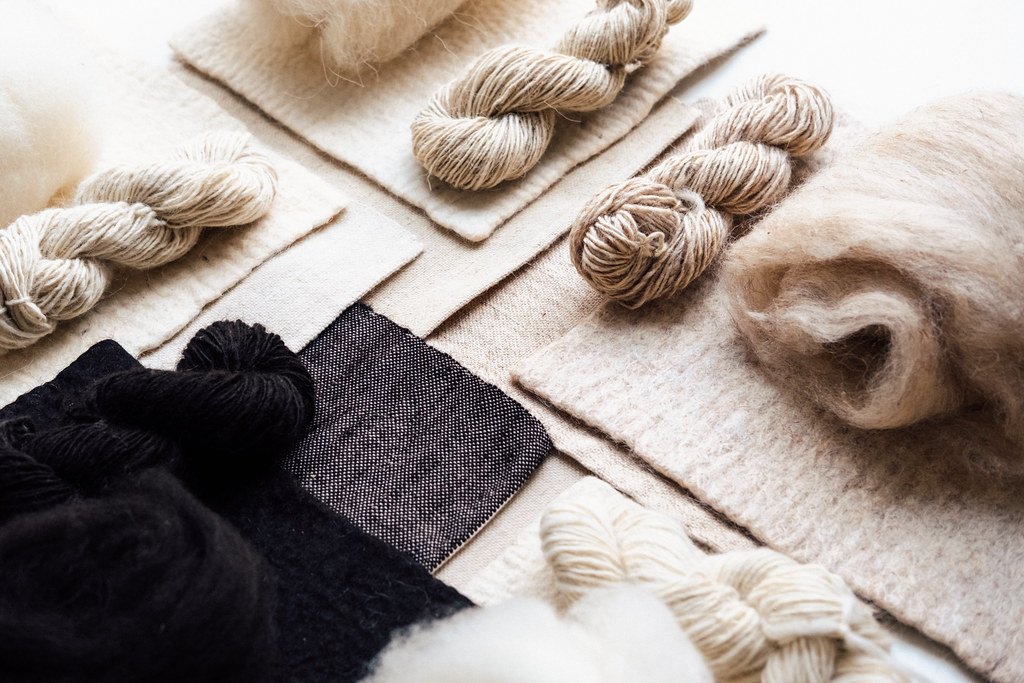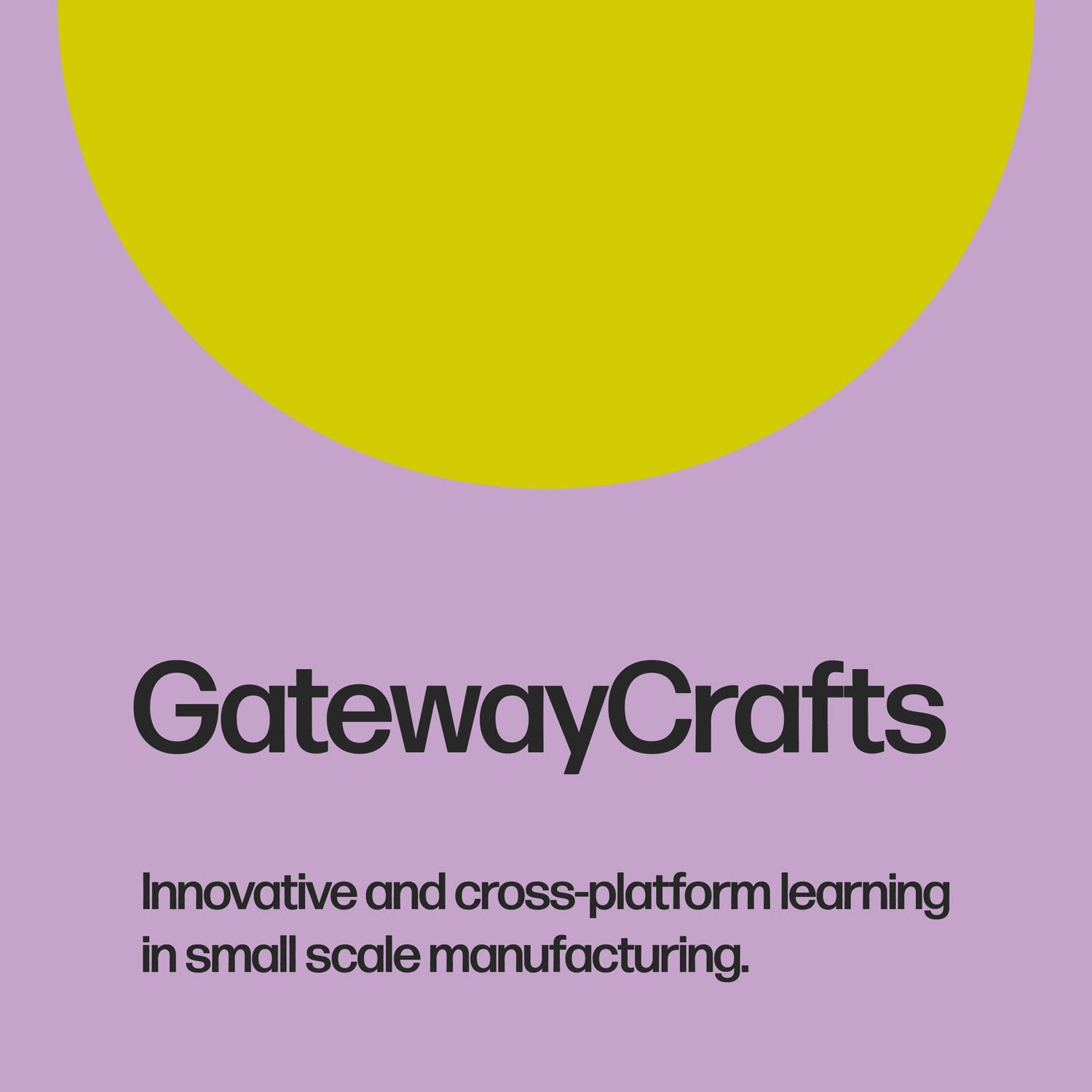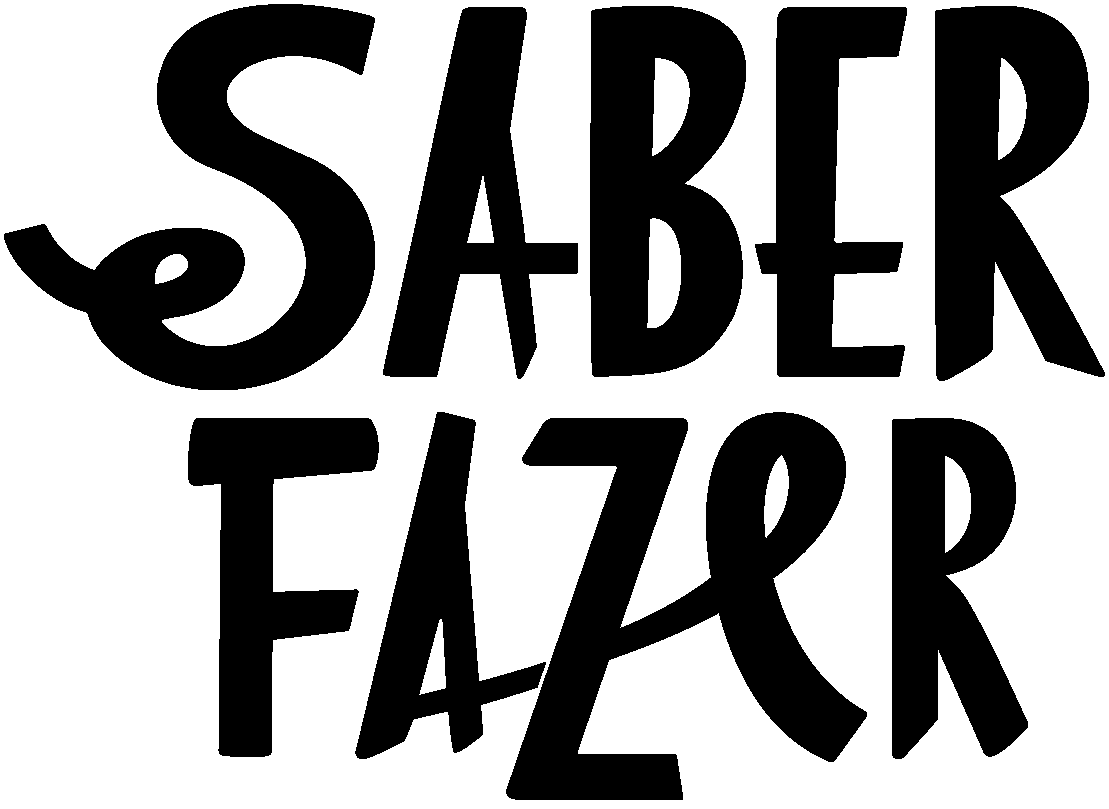Blog

Saber Fazer goes to school
Last week we took Saber Fazer to school, or pre-school in this case! 50 pre-school children, aged between 2 and 5, experienced the whole process, from sheep to fabric: they washed, carded, spun on the spinning wheel and wove on a shaft loom!

Materializing the wools of Trás-os-Montes
One of the components of the project that gave us the most pleasure to produce was undoubtedly this showcase of samples of wool from the five breeds of indigenous sheep from Trás-os-Montes that have been processed. What is the wool of a Bragançan churra used for? What is its yarn like? How does it behave when felted or woven? This was one of the main aims of the project, to work only with the wool of local breeds and show its potential, when and if worked by hands that know, revealing and showing the community the potential of the wool that surrounds them.

GatewayCrafts
GatewayCrafts kicked off in January this year! GatewayCrafts is an Erasmus+ project proposed and coordinated by Saber Fazer / Ofício and whose partners are CRU Creative Hub (Portugal) and Materahub (Italy).

Anatomy of a fulling mill
Anatomy of the Wool Stomping Facility in Bucos, now extinct, from the book "Tecnologia Tradicional - Pisões Portugueses".

Adelaide and the wool
On a visit to D. Ana, when she was there to explain to me how the loom's “risks” worked, I was lucky enough to also meet D. Adelaide, who is her older sister. She brought a few more blankets with her so that I could better understand how it all works.

Making a spindle with Zé Manel
When I started to learn how to spin wool, it became indispensable to get my own distaff and spindle. As I was lucky enough to learn from those who know what they are doing in regards to spinning, I was immediately informed about the characteristics of a good spindle: they’re made of oak, so that they may have the appropriate weight, they are handsculpted from beginning to end and they have a well-defined screw on the tip.

Fulling the wool
Leafing through Tecnologia Tradicional: Pisões Portugueses, I thought it was a funny coincidence that the only photos of a fuller in action were those of Mr. Francisco's father, the fuller at Pisão de Tabuadela, which I've already had the opportunity to visit.

